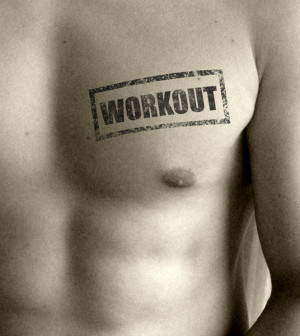- Skip Storing This Everyday Product in the Fridge Door
- Green Tea + B3 Pairing May Boost Brain Health
- Navigating Your Midlife Crisis: Embracing New Possibilities
- City Raccoons Showing Signs of Domestication
- Mapping the Exposome: Science Broadens Focus to Environmental Disease Triggers
- One Week Less on Social Media Linked to Better Mental Health
- Your Brain Changes in Stages as You Age, Study Finds
- Some Suicide Victims Show No Typical Warning Signs, Study Finds
- ByHeart Formula Faces Lawsuits After Babies Sickened With Botulism
- Switch to Vegan Diet Could Cut Your Greenhouse Gas Emissions in Half
Dark Days Here for Folks With Seasonal Depression

October’s shorter, darker days can trigger a type of depression, known as seasonal affective disorder, according to an expert.
People affected by seasonal affective disorder, also called SAD, may feel overly tired, lack motivation and even have trouble getting out of bed. In extreme cases, SAD can lead to suicide, said Dr. Angelos Halaris, a professor in the department of psychiatry and behavioral neurosciences at Loyola University Chicago Stitch School of Medicine.
“Seasonal affective disorder should not be taken lightly,” Halaris said in a hospital news release.
Seasonal affective disorder affects up to 5 percent of the population, Halaris said. It’s linked to a reduction in light exposure from shorter days and gray skies, which is thought to cause a chemical imbalance in the brain.
SAD season starts in October and lasts until the middle of April. Until then, there are ways to reduce your risk for the condition, advised Halaris. He said the following strategies might help:
- Get outside. Spend at least 30 minutes a day outside. Avoid wearing sunglasses during this period of time. If weather permits, expose the skin on your arms to the sun.
- Let light inside. Keep your home well-lit. Open curtain and blinds to allow sunlight in. You can also consider buying a high-intensity light box specially designed for SAD therapy. Sit near the box for 30 to 45 minutes in the morning and at night. Be sure to talk to your doctor before attempting this type of light therapy on your own, Halaris cautioned.
- Exercise. Physical activity releases endorphins and other brain chemicals that help you feel better and gain more energy, Halaris explained. Exercising for 30 minutes daily can help.
- Consider medication. When all else fails, there are medications that can help ease the troubling effects of SAD. Halaris recommends visiting a mental health professional if extra sun exposure, indoor lights and exercise are not effective in treating your symptoms.
More information
The National Alliance on Mental Illness provides more information on seasonal affective disorder.
Source: HealthDay
Copyright © 2025 HealthDay. All rights reserved.










